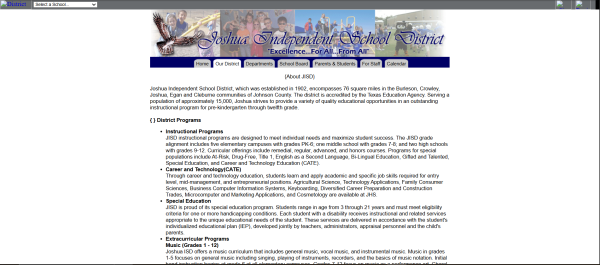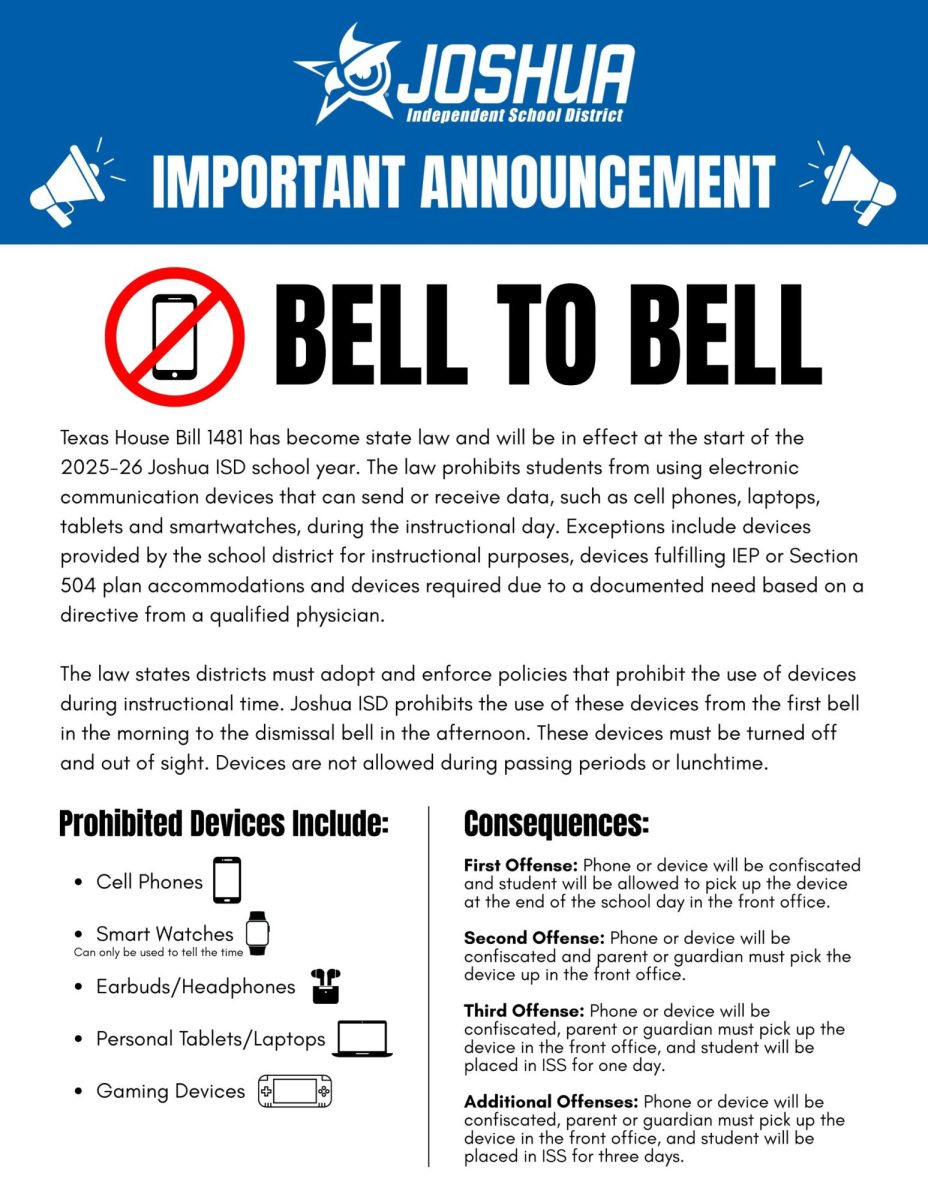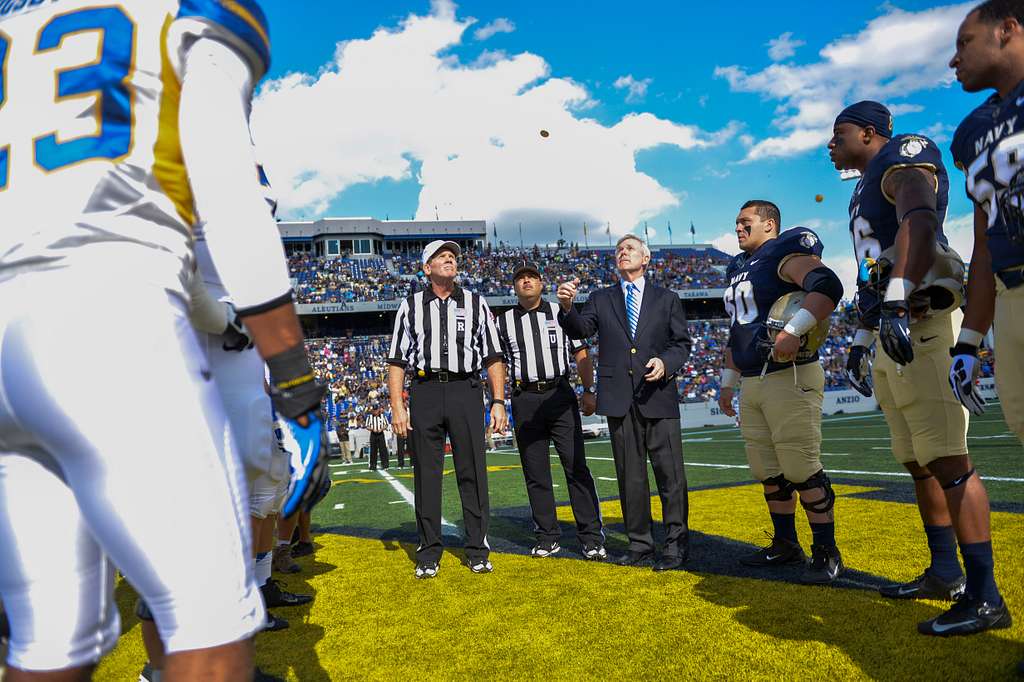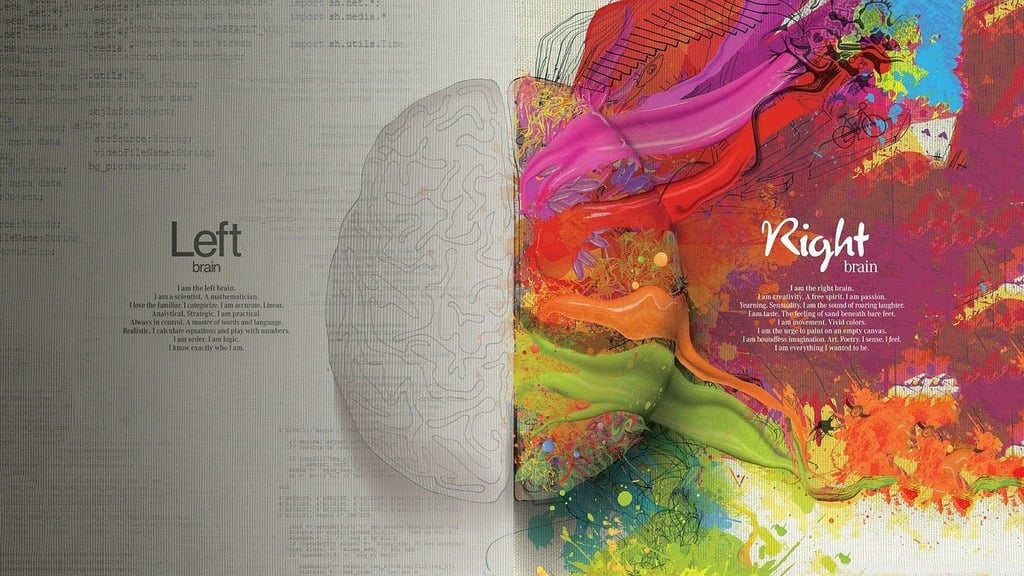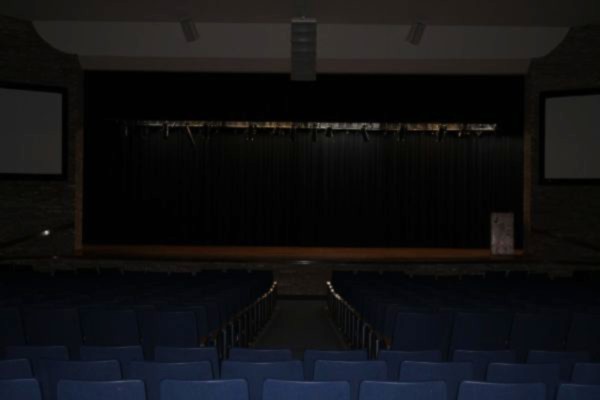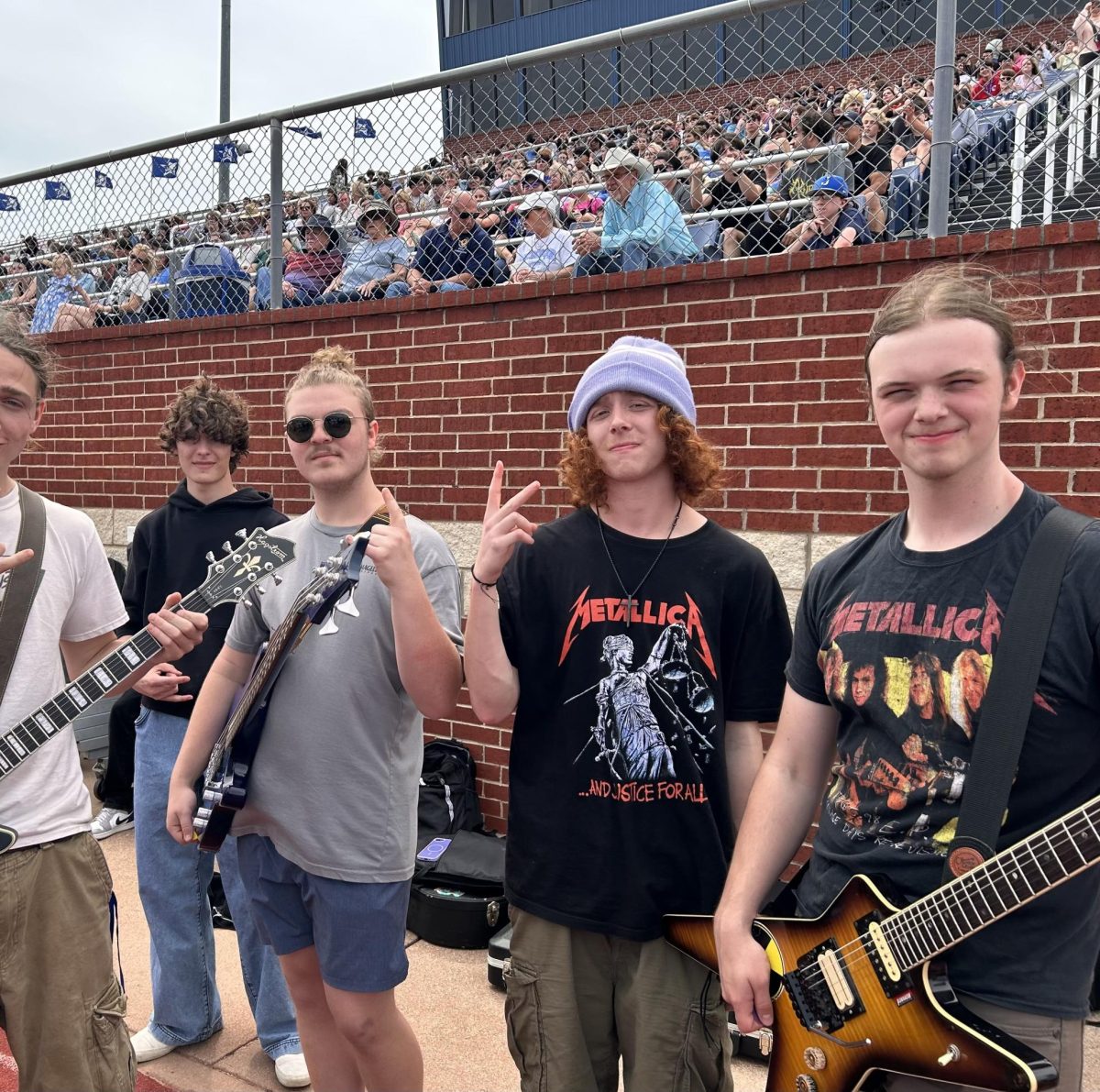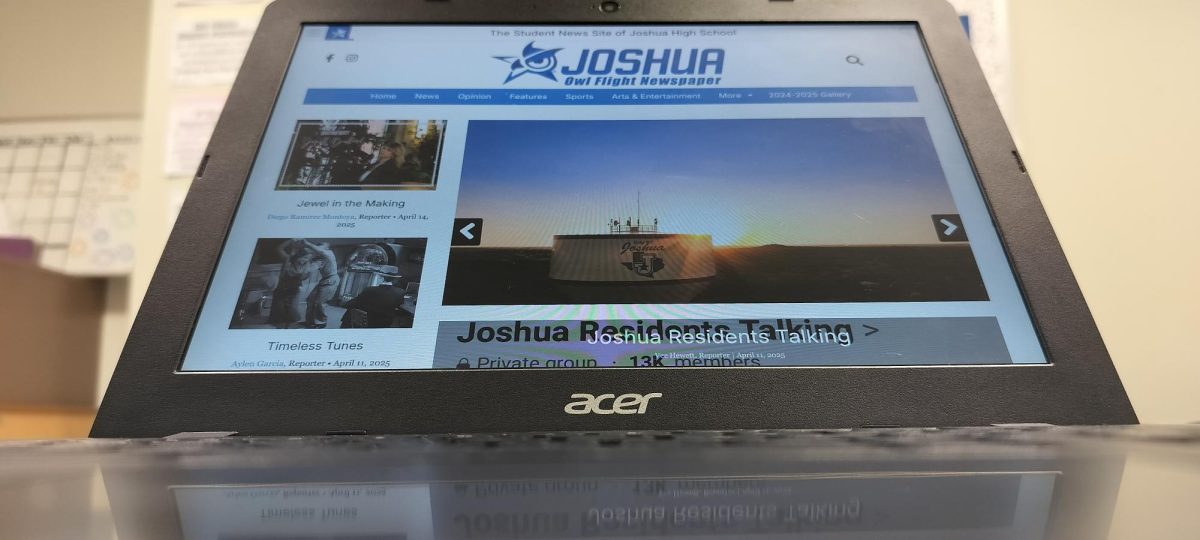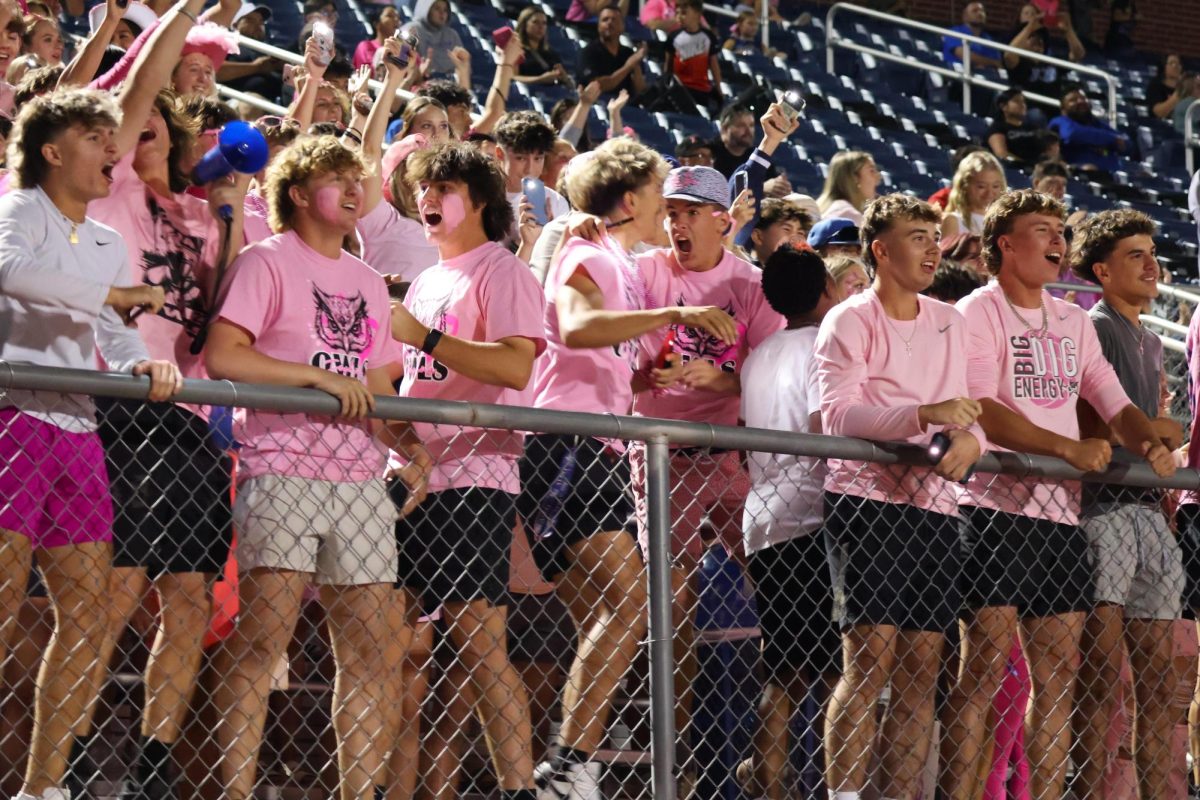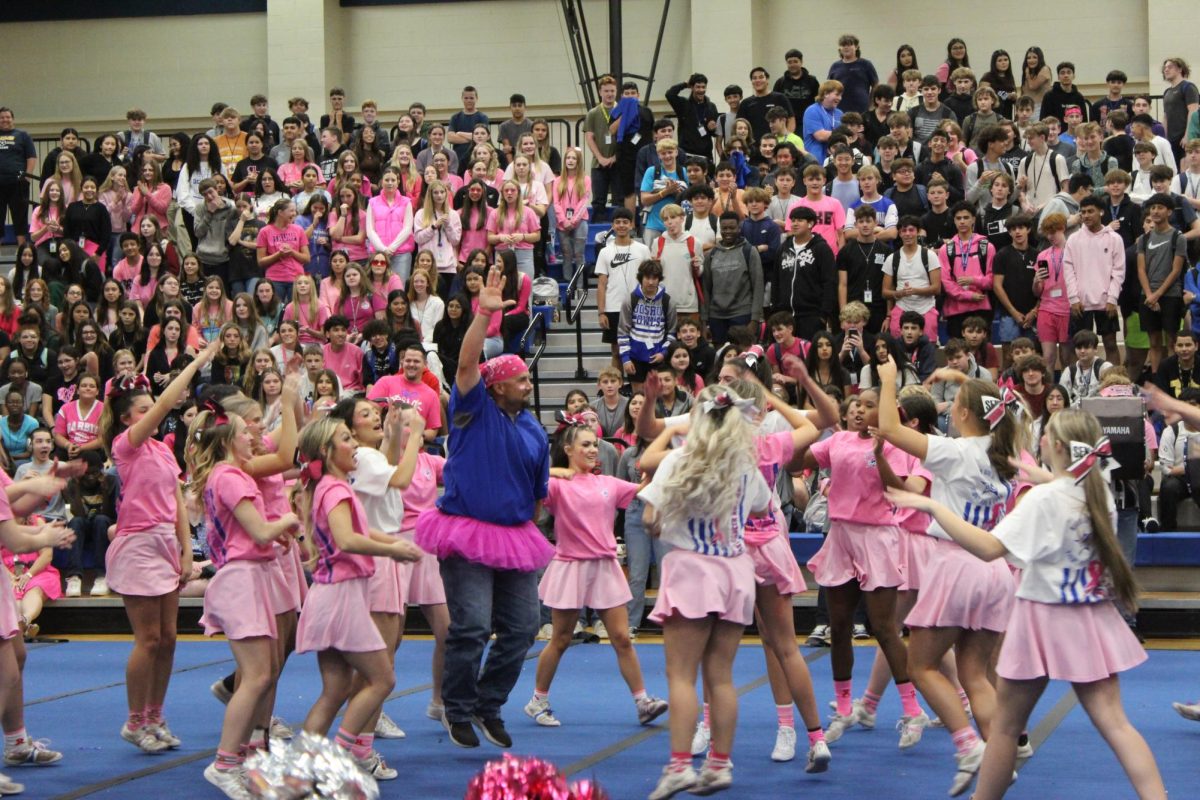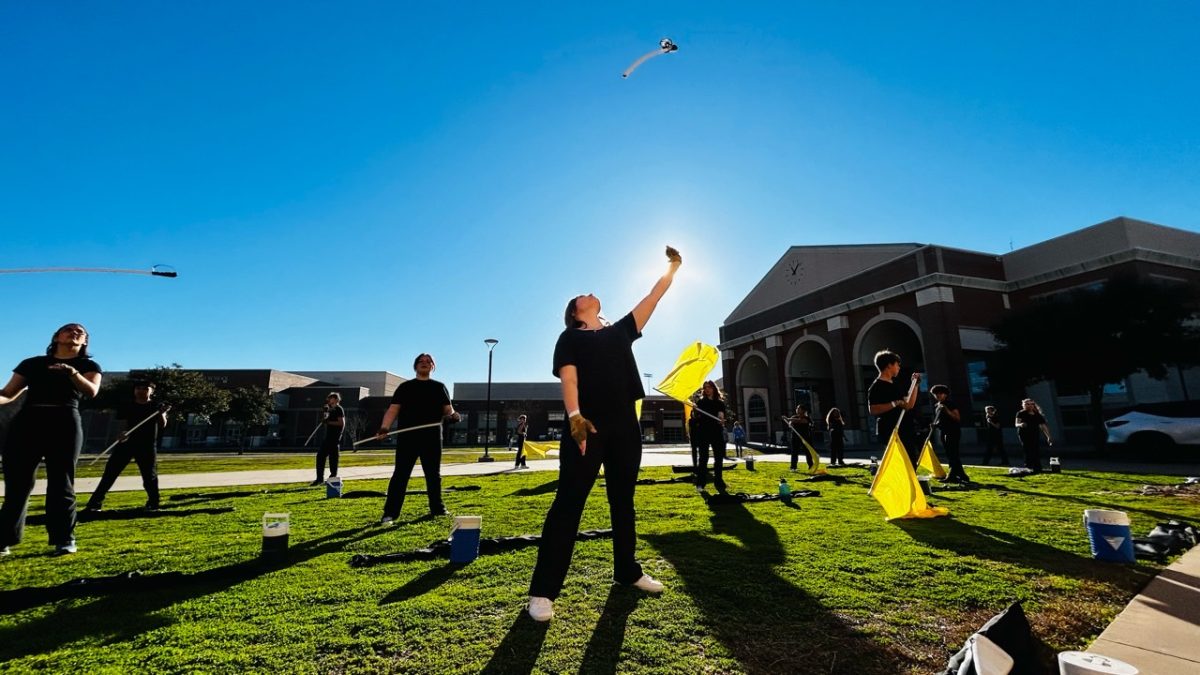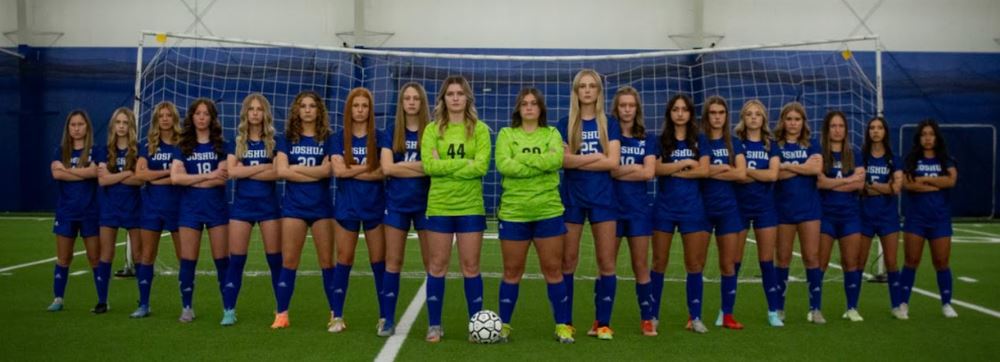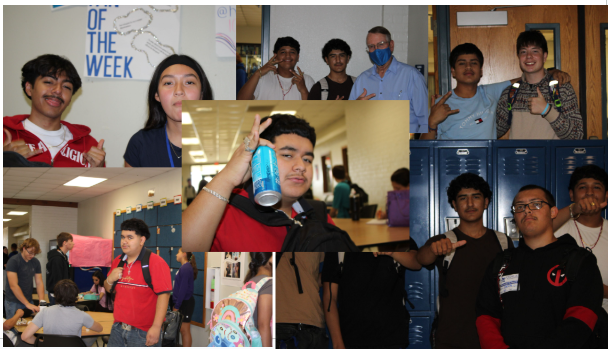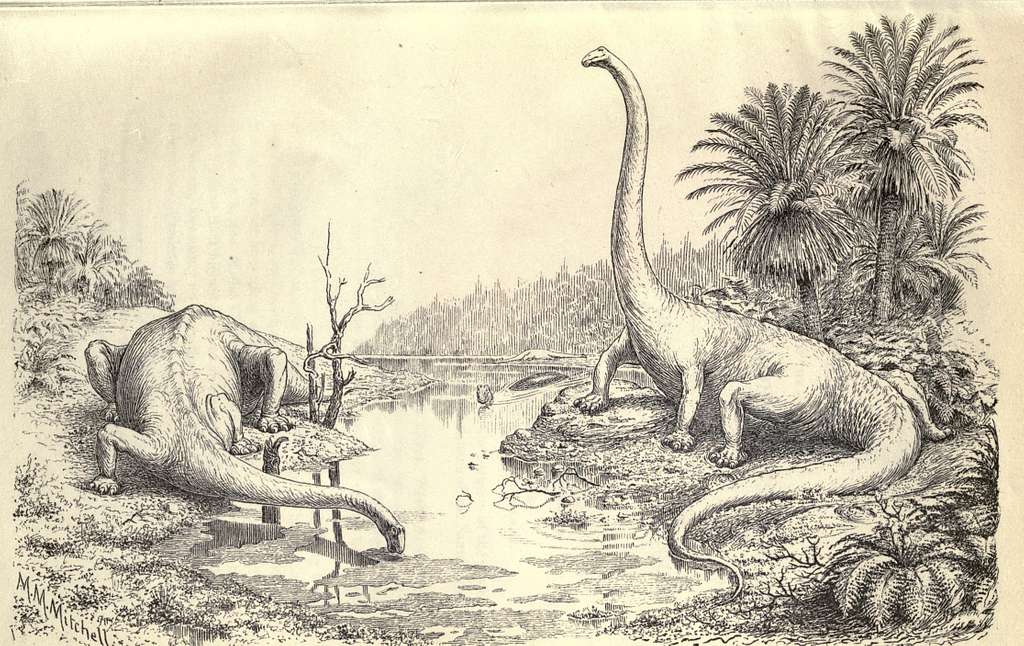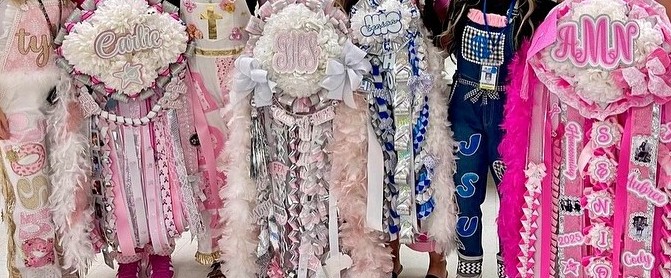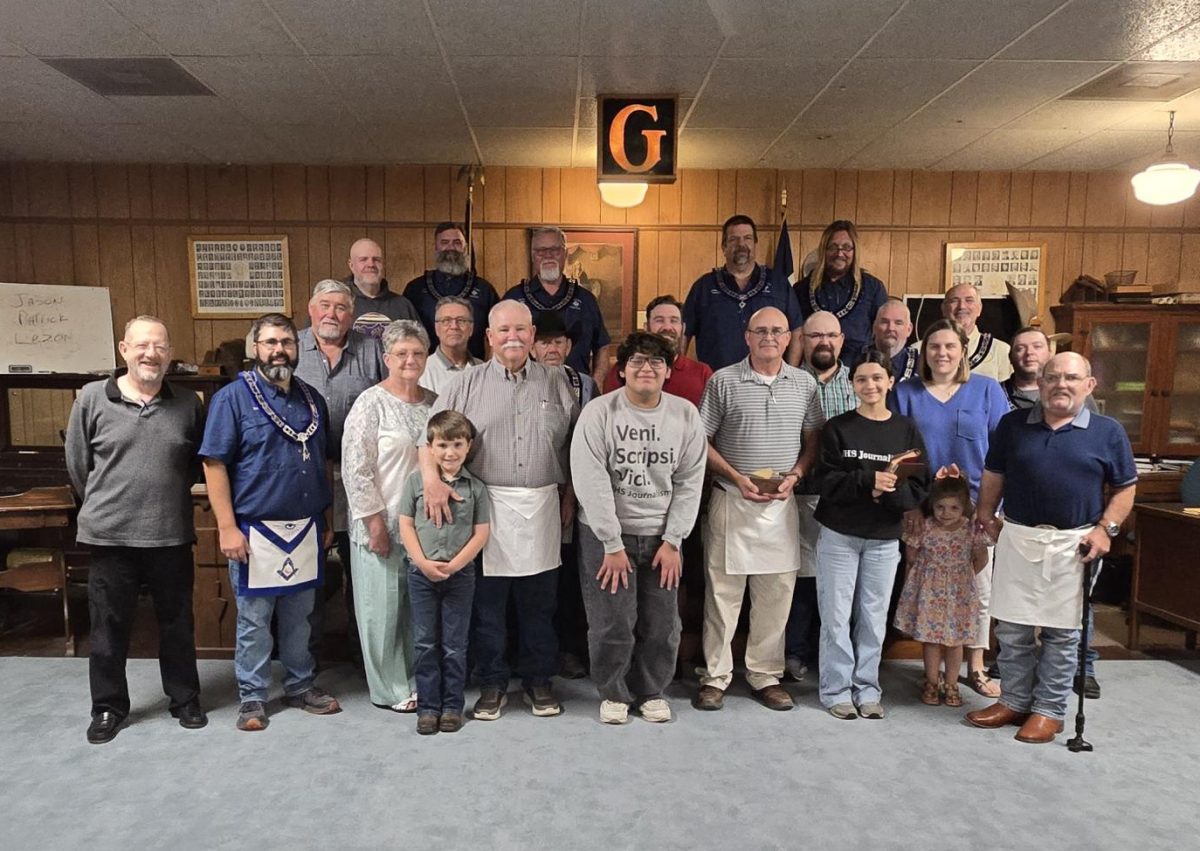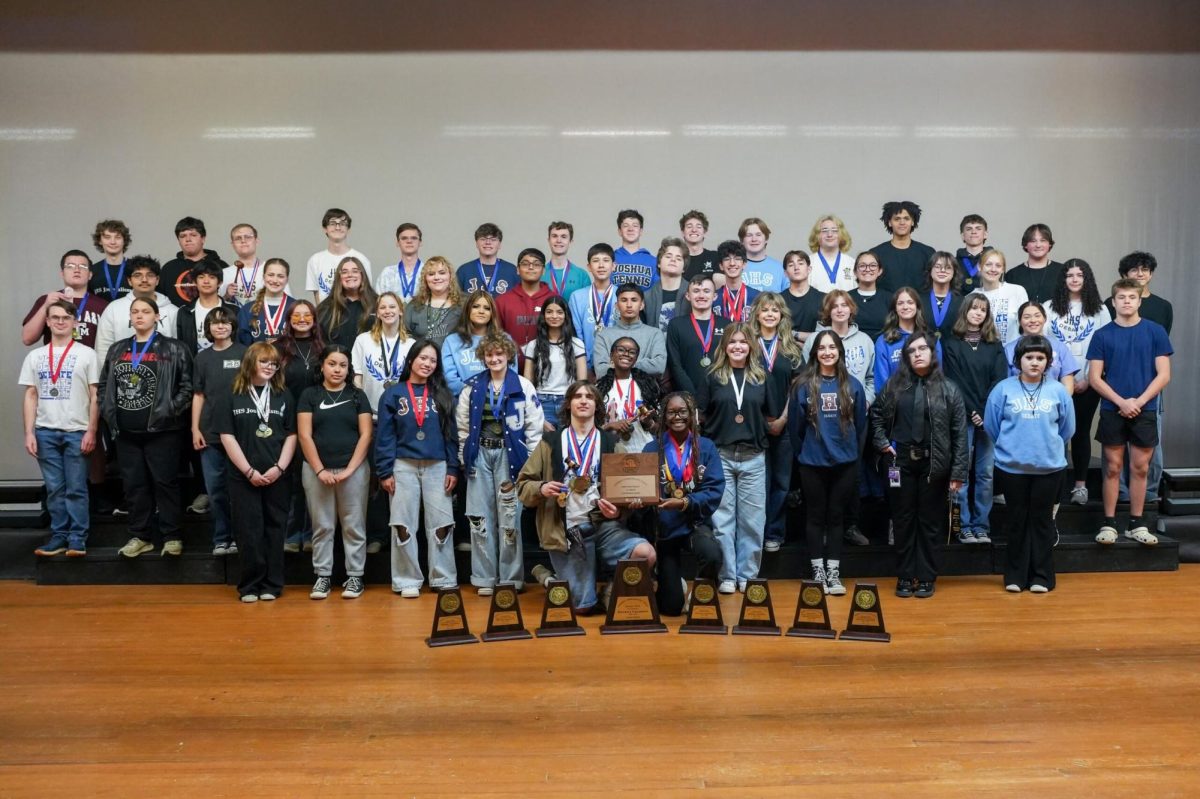Freshmen start to file into the Glenn R. Acker Auditorium. They register, take their seats, and listen to the multitude of speakers who discuss the basic rules and what each of the academic hallways have to offer. Afterwards, these students begin to explore, getting a good feel for the school. During said exploration, students notice the newly built football stadium, the construction changing the parent pickup and drop off location, and the huge inflatable gorilla placed in the front parking lot. The date is August 12, 2009.
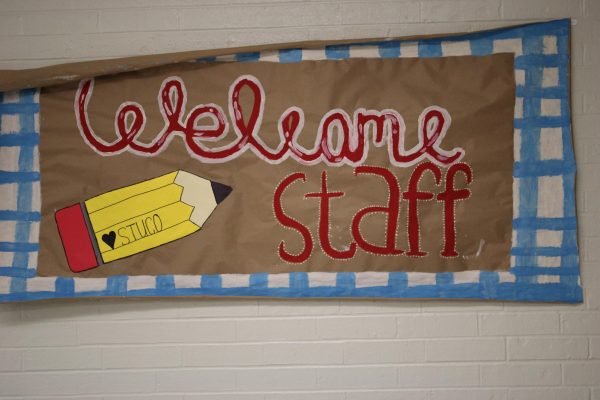
This specific date is an example of one of the many years “Freshman Camp” used to take place. It was the orientation for the students of the time period that had some major differences from current orientations for incoming freshmen. For example, students had access to different kinds of activities that modern students wouldn’t be able to do during orientation.
“Along with getting to know the hallways, registering, and listening to a variety of speakers discuss the rules here at Joshua High,” former Sports Editor Jessica Chapman said, “the fish had a blast strumming their guitars to Guitar Hero.”
As stated previously, students had more of an independent opportunity to explore the campus with their friends and just hang out, rather than investigate with designated groups. They were able to see the ins and outs of the building, but for them it was exponentially different from how it is now. One major example of this can be seen in the ROTC department, as it did not have its own dedicated building.
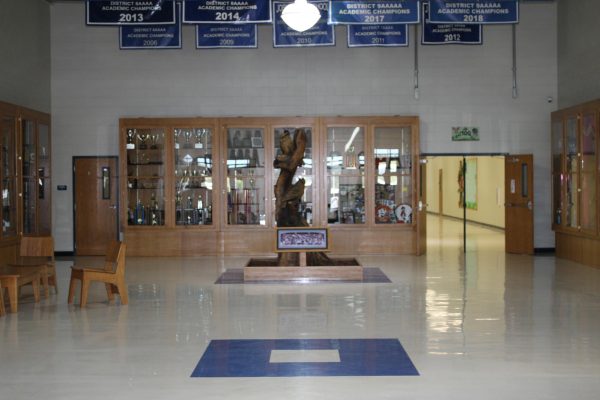
“Each hall has a different subject, [zero] hall is Science, 100 hall is Foreign Languages, 200 hall is History, 300 hall is English, 400 hall is extracurricular classes, and the 500 hall is Math,” former editor Azia Campbell said. “600 classes are found in the CATE building. Looking for Theater/ROTC, 900 halls are located in the breezeway.”
Other examples of differences between the eras are locks. For students now, doors are always locked and the only way to access only some of the doors on campus is with a student ID. In the past, all the doors were unlocked for student access. This meant students could move between different parts of campus and its rooms without needing any form of ID or unlocking mechanism.
Looking at the architecture, the school building itself was significantly shorter which can especially be seen on the outside and front entrance of the building. In that same area, the front parking lot also had a much different look with a big inflatable friend standing dead center.
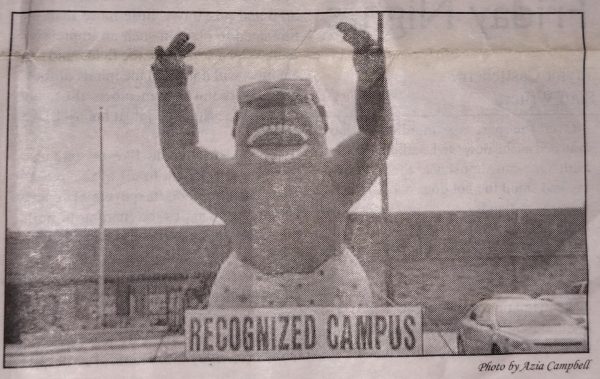
“The giant gorilla sits outside Joshua High School’s campus,” Campbell said, “showing the town the achievements they have made.”
Even with these major differences, there are still similarities. The campus is primarily the same, with the main similarity of this particular year compared to now is the football stadium. The outside of the stadium seems to have remained the same with the exceptions of statues such as the one erected in 2017 to honor Aaron Singleton who sadly passed the previous year due to a tragic football injury.

Even with these differences and similarities between the previous Freshman Camp and modern Freshman Orientation, they both allow for students an opportunity to learn about the school where they will complete public schooling.
“Coming up into high school is a big change from middle school,” Campbell said, “but always remember, school first.”
